Wondering how the pendulum squat can enhance your leg workouts? This guide covers everything you need to know about this effective exercise, including its benefits, proper form, and comparisons to other squats.
Key Takeaways
-
Pendulum squats effectively target the quadriceps while minimizing lower back strain, making them suitable for beginners and individuals with back issues.
-
Maintaining proper form and spinal alignment during pendulum squats is crucial for maximizing muscle engagement and reducing injury risk.
-
Incorporating pendulum squats into a balanced workout routine, alongside other leg exercises, can enhance overall leg strength and muscle development.
Pendulum Squat Overview

The pendulum squat machine is a game-changer in the world of leg exercises. Its design features a natural movement pattern and an upright torso position, offering greater freedom of movement compared to other squat machines. This unique design allows for effective targeting of the entire thigh muscles, promoting balanced leg development. Whether you’re a beginner or a seasoned athlete, the pendulum squat machine can help you achieve your fitness goals.
One of the standout features of the pendulum squat machine is its ability to engage thigh muscles more effectively than traditional squat variations. The machine’s design ensures that your movements mimic a natural squat, which not only enhances muscle engagement but also reduces the risk of injury. This makes it an excellent choice for anyone looking to build strong, well-balanced legs.
Benefits of Pendulum Squats
One of the primary benefits of pendulum squats is their ability to enhance muscle engagement, particularly in the quadriceps. This exercise allows for deep activation of the quadriceps throughout the entire movement, making it an excellent choice for those looking to build strong, defined thighs. Additionally, pendulum squats are designed to reduce lower back strain, making them suitable for beginners or those with back issues.
Another significant advantage of pendulum squats is their focus on strengthening the quadriceps while minimizing stress on the lower back. This makes them an ideal exercise for individuals who want to avoid the common pitfalls associated with traditional squats, such as lower back pain. Incorporating pendulum squats into your routine can lead to a more balanced and effective leg workout.
Proper Form for Pendulum Squats
Maintaining a neutral spine is crucial when performing pendulum squats. This not only maximizes muscle engagement but also minimizes back strain. A neutral spine allows for better force distribution across your body during the squat movement, leading to more effective workouts and reducing the likelihood of injury.
Proper spinal alignment is essential for protecting the lumbar region of your back during pendulum squats. Maintaining a neutral spine enhances performance and helps safeguard against common injuries. Remember to engage your core and maintain proper alignment throughout the exercise to get the most out of your pendulum squats.
How Pendulum Squats Compare to Other Squat Variations

When it comes to targeting specific muscle groups, pendulum squats stand out from other squat variations. They primarily focus on the quadriceps, offering more intense muscle isolation compared to traditional squats and hack squats. This makes pendulum squats ideal for those looking to concentrate on developing their quadriceps while still engaging other leg muscles.
While exercises like the hack squat and leg press also target the thigh muscles, pendulum squats offer a unique advantage by allowing for deeper squatting and better muscle engagement. Choosing pendulum squats enhances muscle isolation, leading to more focused leg muscle development compared to traditional squat variations.
Pendulum Squats vs. Traditional Squats
The movement mechanics of pendulum squats emphasize a controlled descent, allowing for greater quadricep concentration compared to traditional squats. This unique motion targets the quadriceps more effectively, making pendulum squats an excellent choice for isolating this muscle group during workouts.
Traditional squats, on the other hand, engage a full range of muscles, including the hamstrings and glutes. While they offer a comprehensive lower body workout, they don’t provide the same level of quadricep isolation as pendulum squats.
The pendulum squat machine also allows for deeper squatting, promoting better muscle engagement overall.
Pendulum Squats vs. Hack Squats
Pendulum squats and hack squats both target the thigh muscles, but their foot placement and muscle activation differ. In pendulum squats, the foot placement is often wider than in hack squats, which can influence the degree of knee flexion and muscle activation. This allows for more specific targeting of the quadriceps, making pendulum squats a great option for those looking to isolate this muscle group.
Hack squats, on the other hand, engage a wider range of leg muscles, including the glutes and hamstrings. While both exercises are effective for leg development, pendulum squats offer a unique advantage in terms of quadricep isolation and muscle targeting.
Incorporating Pendulum Squats into Your Workout Routine

Incorporating pendulum squats into your workout routine can help ensure consistent muscle engagement and growth. Aim to perform pendulum squats 2-3 times per week, ideally on leg days. Starting with a dynamic warm-up is essential to minimize the risk of injury and prepare your muscles for the workout.
To get the most out of your pendulum squats, combine them with other leg exercises like deadlifts and lunges. This will create a comprehensive lower body workout that targets multiple muscle groups and ensures balanced development.
Recommended Sets and Reps
Performing 3-4 sets of 8-12 repetitions of pendulum squats is recommended to maximize muscle engagement and growth. Beginners should start with lighter weights and aim for 3 sets of 10-12 reps, while advanced lifters can increase the weight and perform 4 sets of 6-8 reps.
Adjusting the resistance according to your fitness level is crucial for achieving the best results. By varying your sets and reps, you can effectively target different muscle groups and ensure a well-rounded leg workout.
Combining Pendulum Squats with Other Exercises
Pairing pendulum squats with exercises like deadlifts and lunges can create a balanced leg workout that targets multiple muscle groups. Foot positioning can also be adjusted during pendulum squats to emphasize different muscles; a wider stance targets the glutes, while a narrower stance focuses on the quads.
Combining various exercises not only enhances strength but also ensures well-rounded development of lower body muscles. Including a variety of movements in your workout routine can help you achieve comprehensive leg strength and balance.
Safety Tips for Performing Pendulum Squats

Using the pendulum squat machine correctly is crucial for minimizing the risk of injury. The machine is equipped with a safety stopper and adjustable positions to ensure safe usage. Following proper safety guidelines ensures you perform pendulum squats effectively and safely.
Engaging your core and maintaining proper spinal alignment during the exercise helps prevent injuries. The super pendulum squat machine’s design emphasizes spine alignment and knee tracking, ensuring safe and effective exercise execution.
Using the Safety Lever
The safety lever on the pendulum squat machine is designed to prevent the machine from moving unexpectedly during the exercise. Engaging the safety lever before each set ensures that the machine won’t descend unexpectedly, providing stability and safety during your workout.
Maintaining a neutral spine and engaging your core while using the back support pad helps ensure proper form. This reduces the risk of injury and enhances the effectiveness of the exercise.
Avoiding Common Mistakes
Common mistakes while performing pendulum squats can lead to injuries and reduced exercise effectiveness. Failing to maintain proper alignment can cause back strain and other issues. It’s crucial to keep a neutral spine and ensure proper alignment between the head and hips.
Not engaging the core increases the risk of losing balance during pendulum squats. The main emphasis on correct foot placement on the oversized footplate is also essential for maintaining balance and preventing injury.
Alternatives to Pendulum Squats

When a pendulum squat machine is not available, it’s essential to consider alternative exercises that can effectively target the leg muscles. Here are some exercises to incorporate into your routine:
-
Leg press
-
Traditional squats
-
Lunges
-
Deadlifts
-
Step-ups
Incorporating these exercises can enhance overall leg strength and balance in your workout routine.
These alternatives provide similar benefits and can be seamlessly integrated into your workout routine to ensure comprehensive leg development. Diversifying your leg exercises leads to balanced muscle growth and strength.
Leg Press
The leg press is a great alternative to pendulum squats, as it targets the same muscle groups in the thighs and glutes. This machine allows for high-volume training, making it easier to lift heavier weights for leg development.
Adjusting foot placement on the leg press can help target different muscle groups, such as the glutes and quads. This exercise involves pushing a weighted platform away while seated, making it accessible for various fitness levels.
Traditional Squats
Traditional squats can emphasize different muscle engagement, particularly in the lower body, mimicking the motion of pendulum squats. They engage multiple muscle groups, including the quadriceps, hamstrings, and glutes, similar to pendulum squats.
Incorporating traditional squats into your routine can diversify your leg workouts and effectively target various muscle groups. This makes traditional squats a potent alternative to pendulum squats in any workout routine.
Summary
Pendulum squats offer a unique and effective way to target the quadriceps while reducing lower back strain. By incorporating them into your workout routine, you can achieve balanced and comprehensive leg development. Pendulum squats provide greater muscle isolation compared to traditional squats and hack squats, making them ideal for focused leg workouts.
Whether you choose pendulum squats, the leg press, or traditional squats, the key is to stay consistent and maintain proper form. By diversifying your leg exercises, you can ensure well-rounded muscle growth and strength. Start incorporating these exercises into your routine today and experience the benefits of stronger, healthier legs.
Frequently Asked Questions
What are the main benefits of pendulum squats?
Pendulum squats primarily enhance quadricep engagement while minimizing lower back strain, making them an excellent choice for beginners and individuals with back concerns.
How do pendulum squats compare to traditional squats?
Pendulum squats provide greater muscle isolation for the quadriceps compared to traditional squats, which engage a broader range of muscles. This makes pendulum squats more beneficial for targeting specific areas of the legs.
How often should I perform pendulum squats?
It is recommended to perform pendulum squats 2-3 times per week as part of your leg workout routine. Consistency will yield the best results.
What are some common mistakes to avoid when performing pendulum squats?
To avoid common mistakes in pendulum squats, ensure proper alignment, engage your core effectively, and position your feet correctly on the footplate. These adjustments will enhance the exercise's effectiveness and safety.
What are some good alternatives to pendulum squats?
Leg presses and traditional squats are effective alternatives to pendulum squats, as they similarly target key muscle groups and can enhance your strength training regimen.

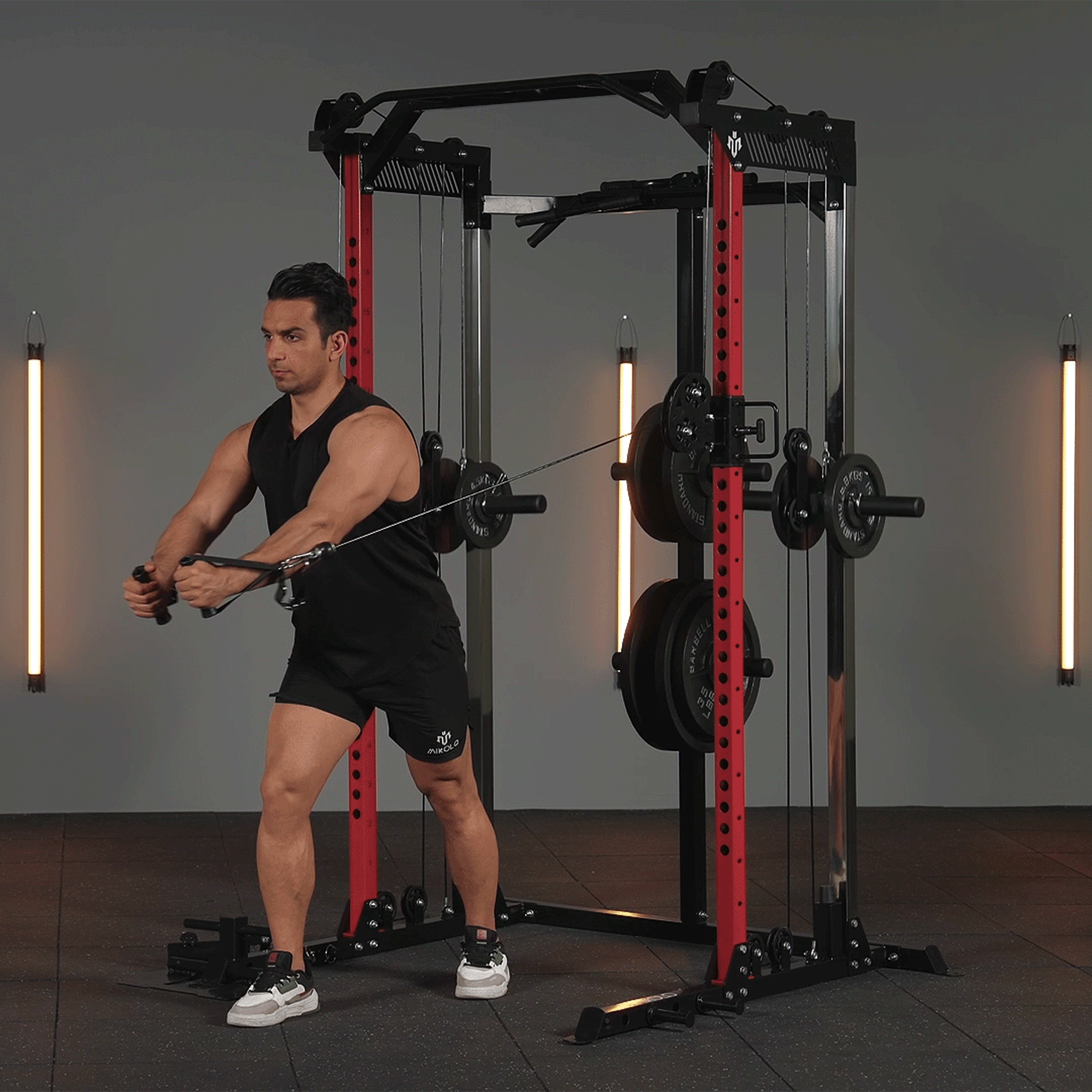









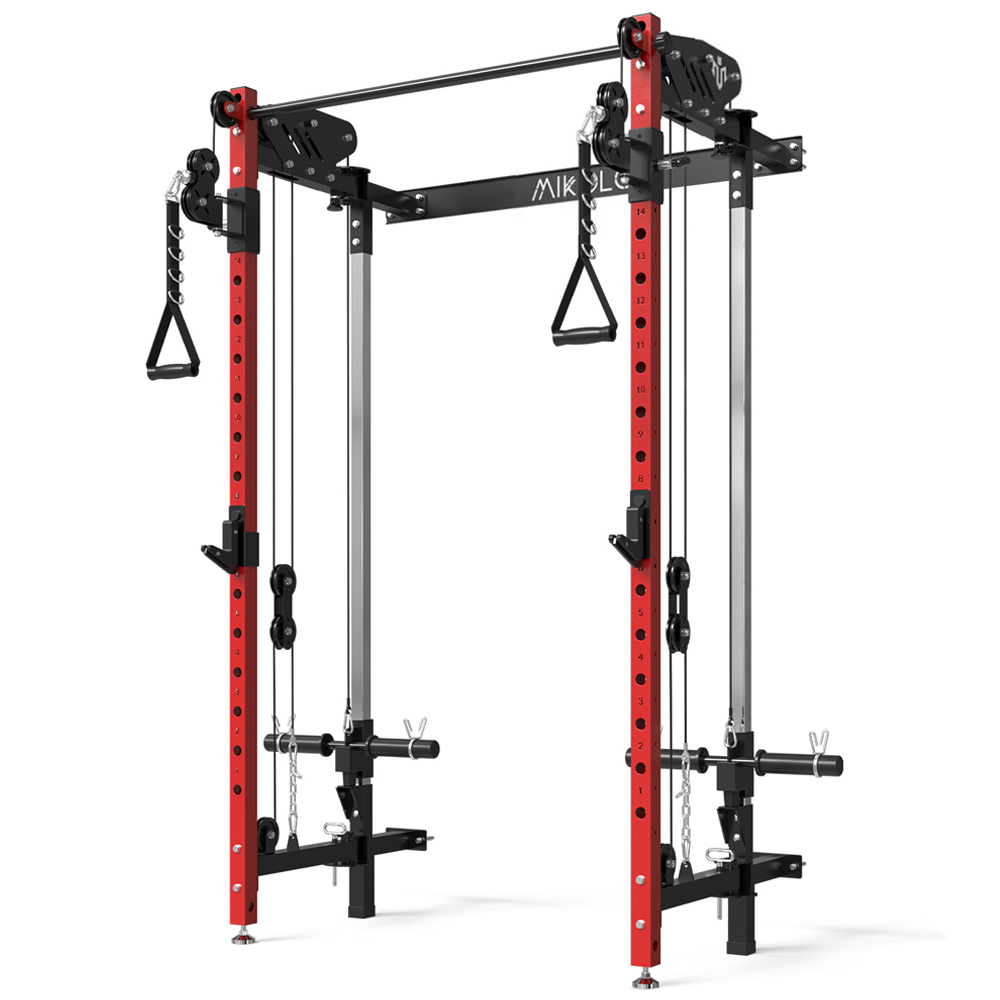
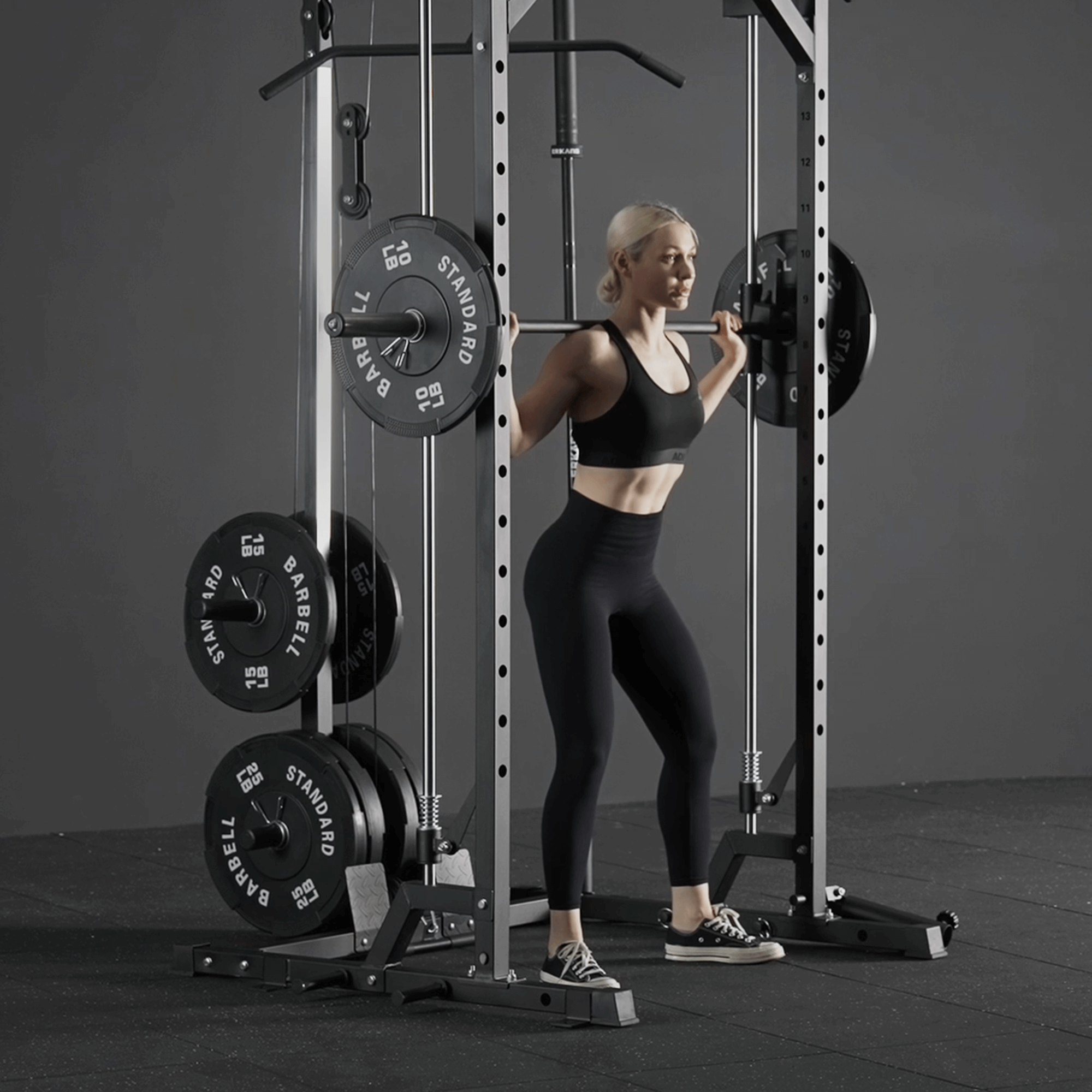





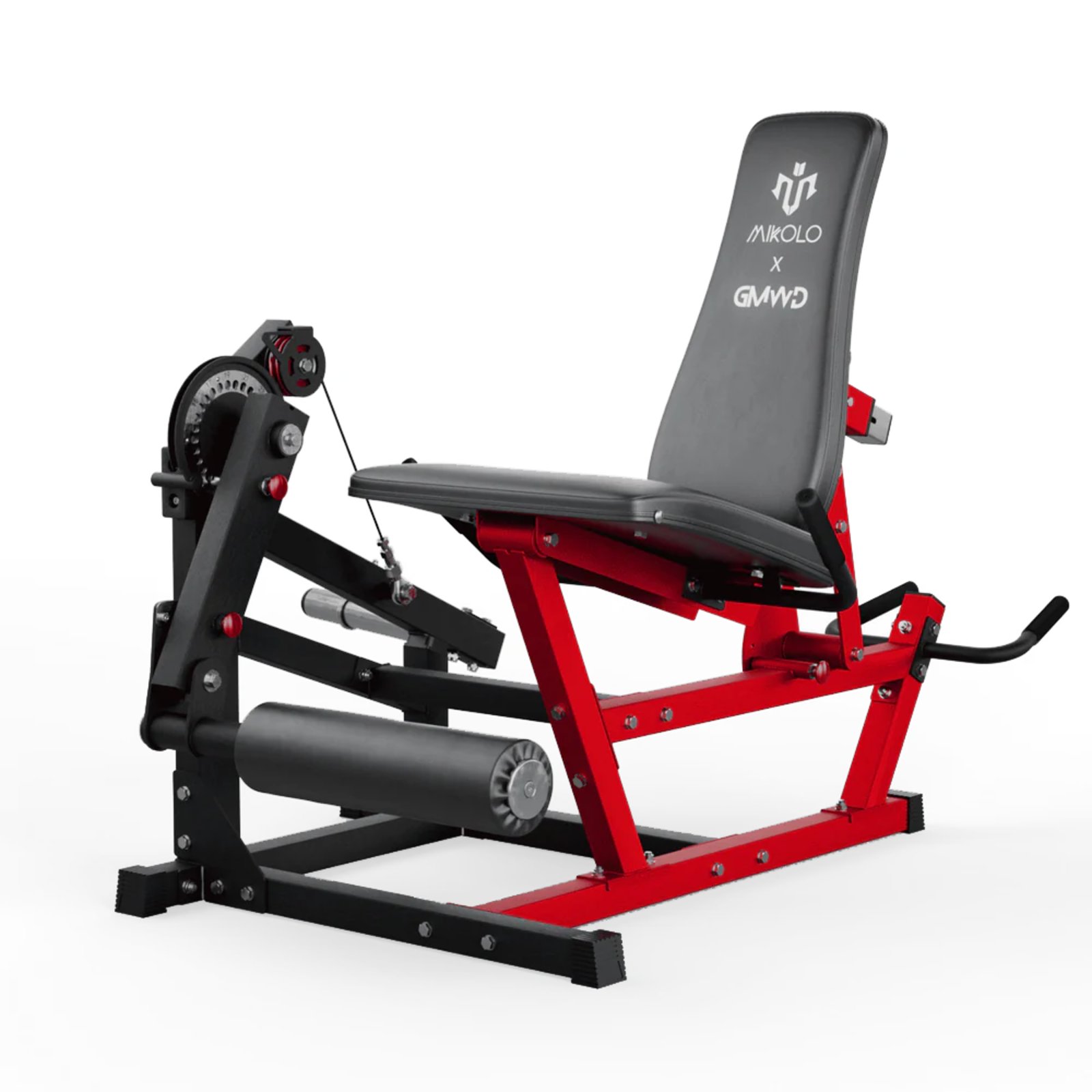
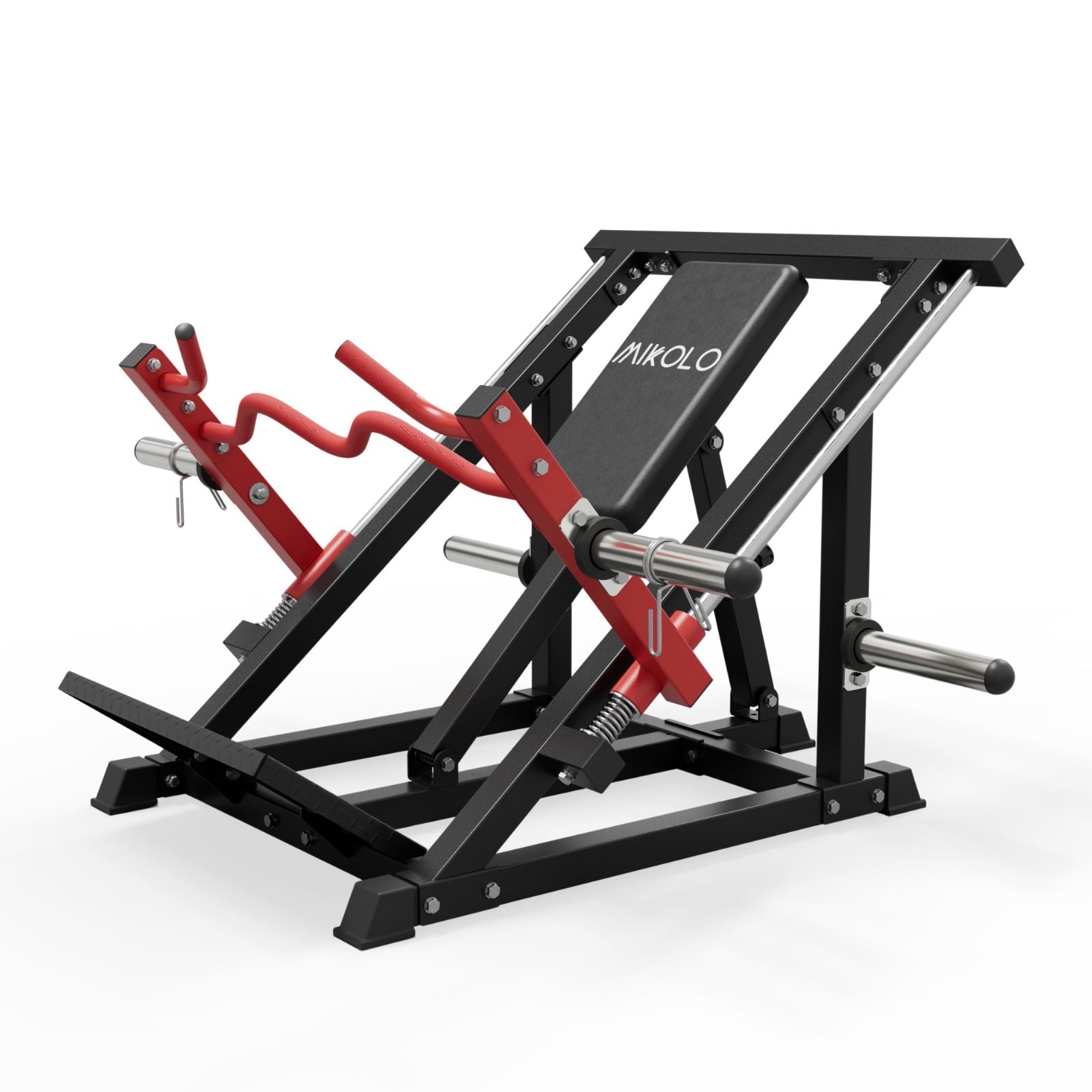

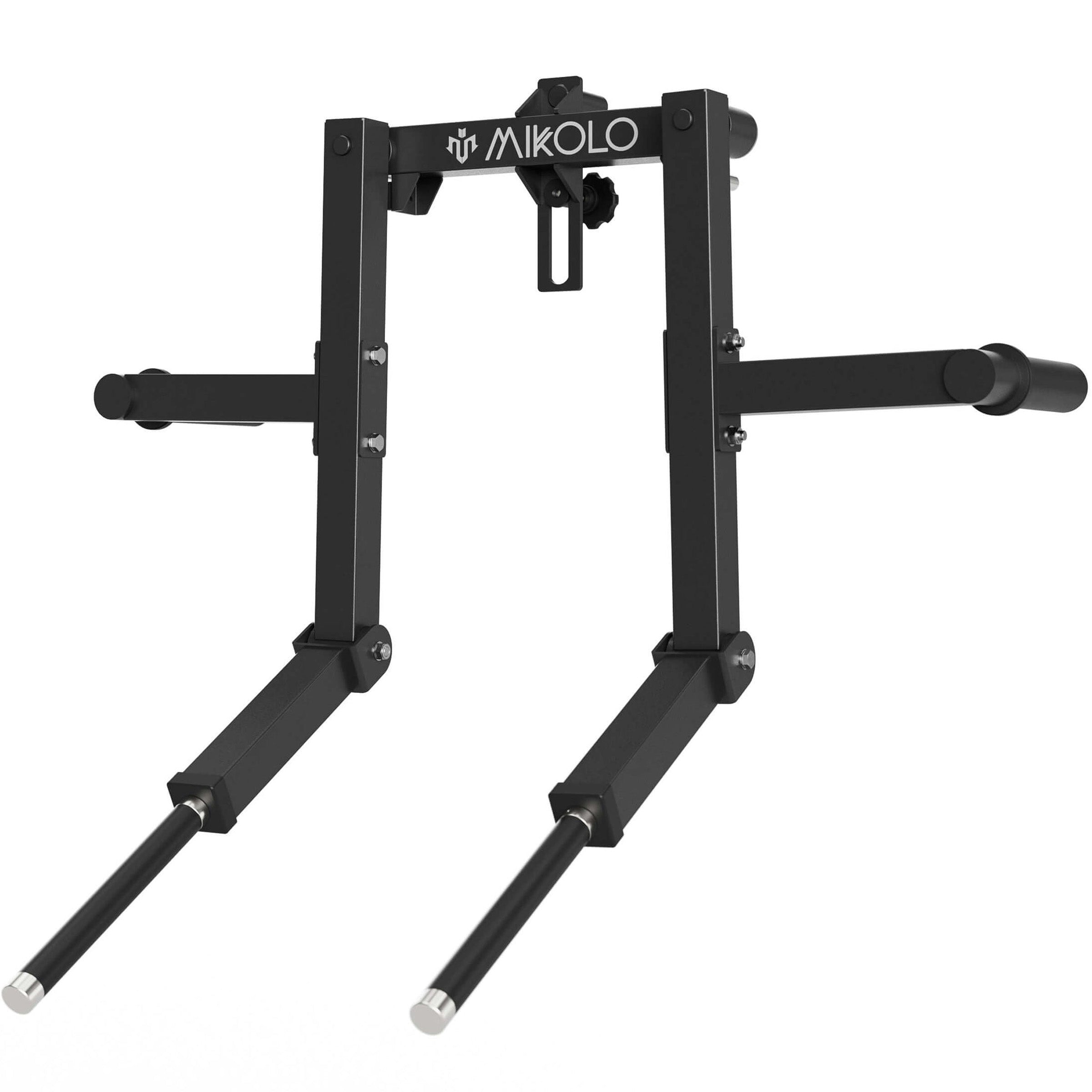
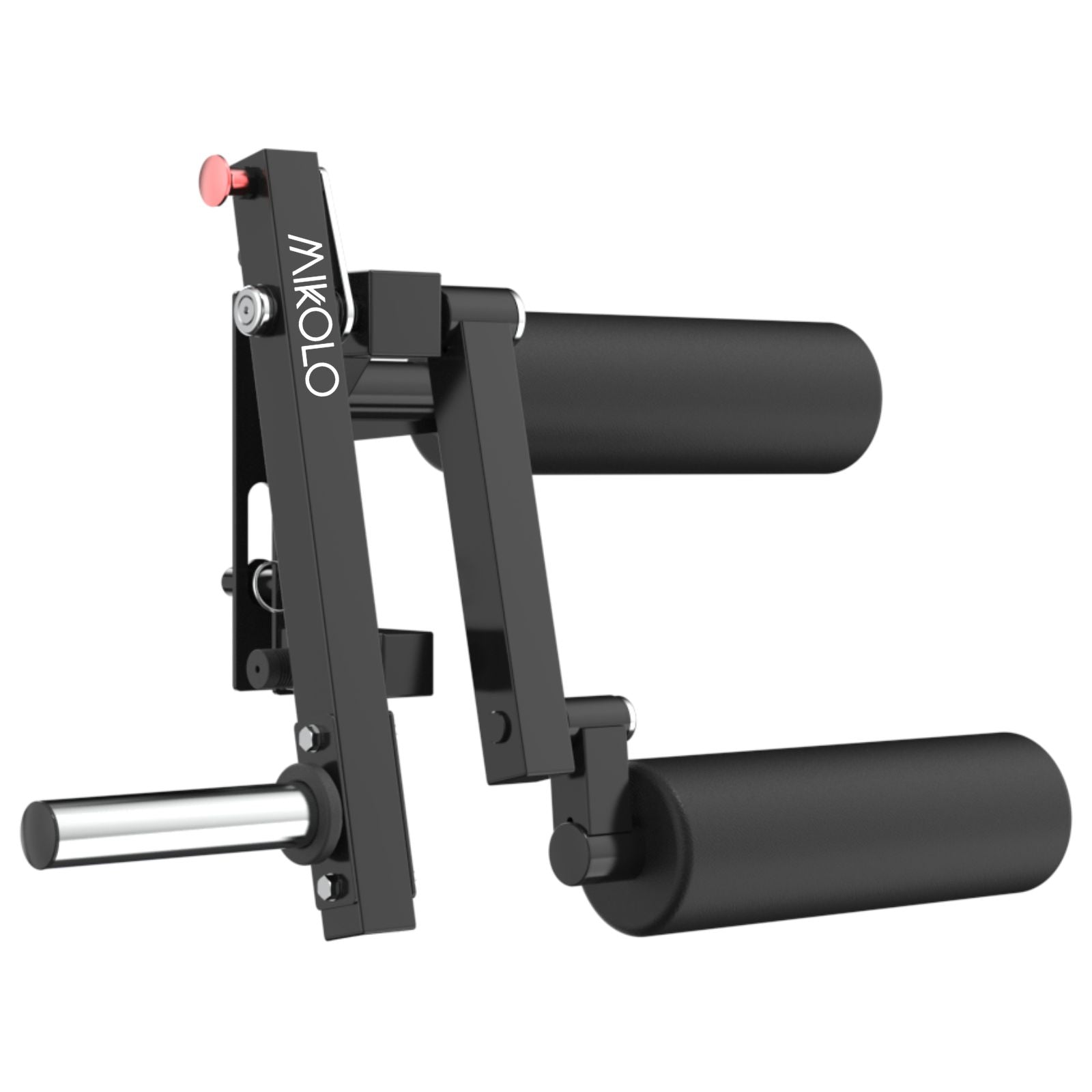



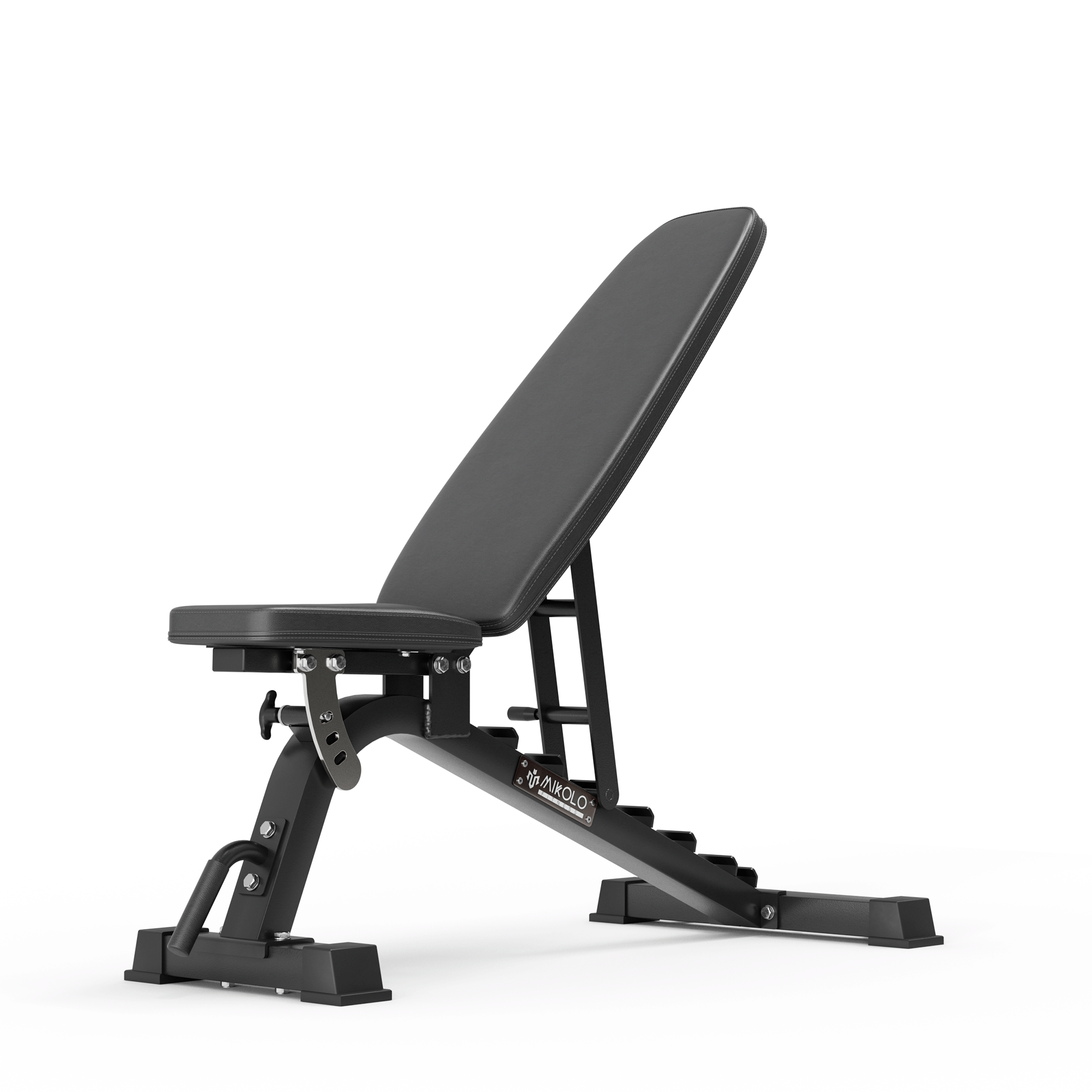











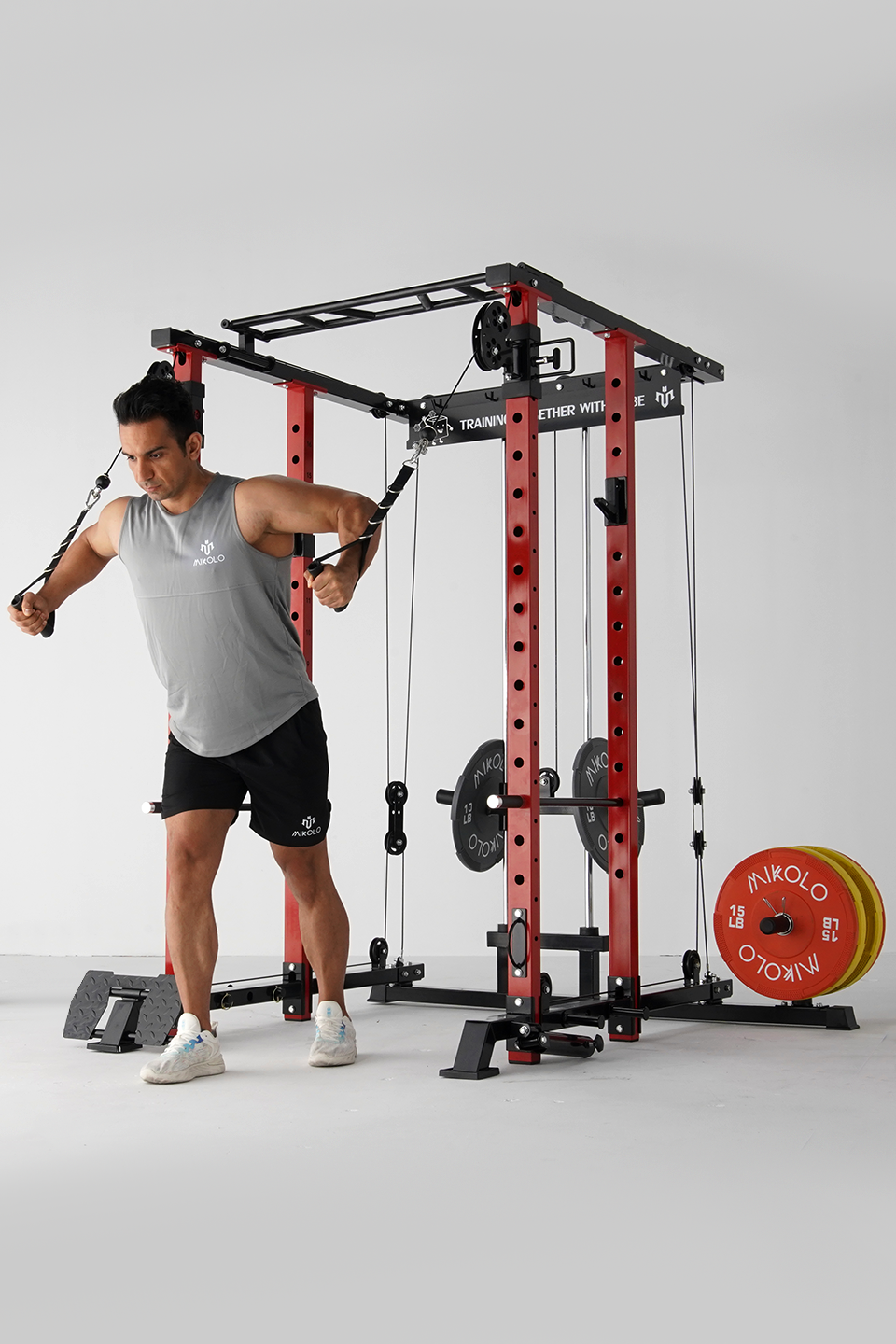



Leave a comment
This site is protected by hCaptcha and the hCaptcha Privacy Policy and Terms of Service apply.